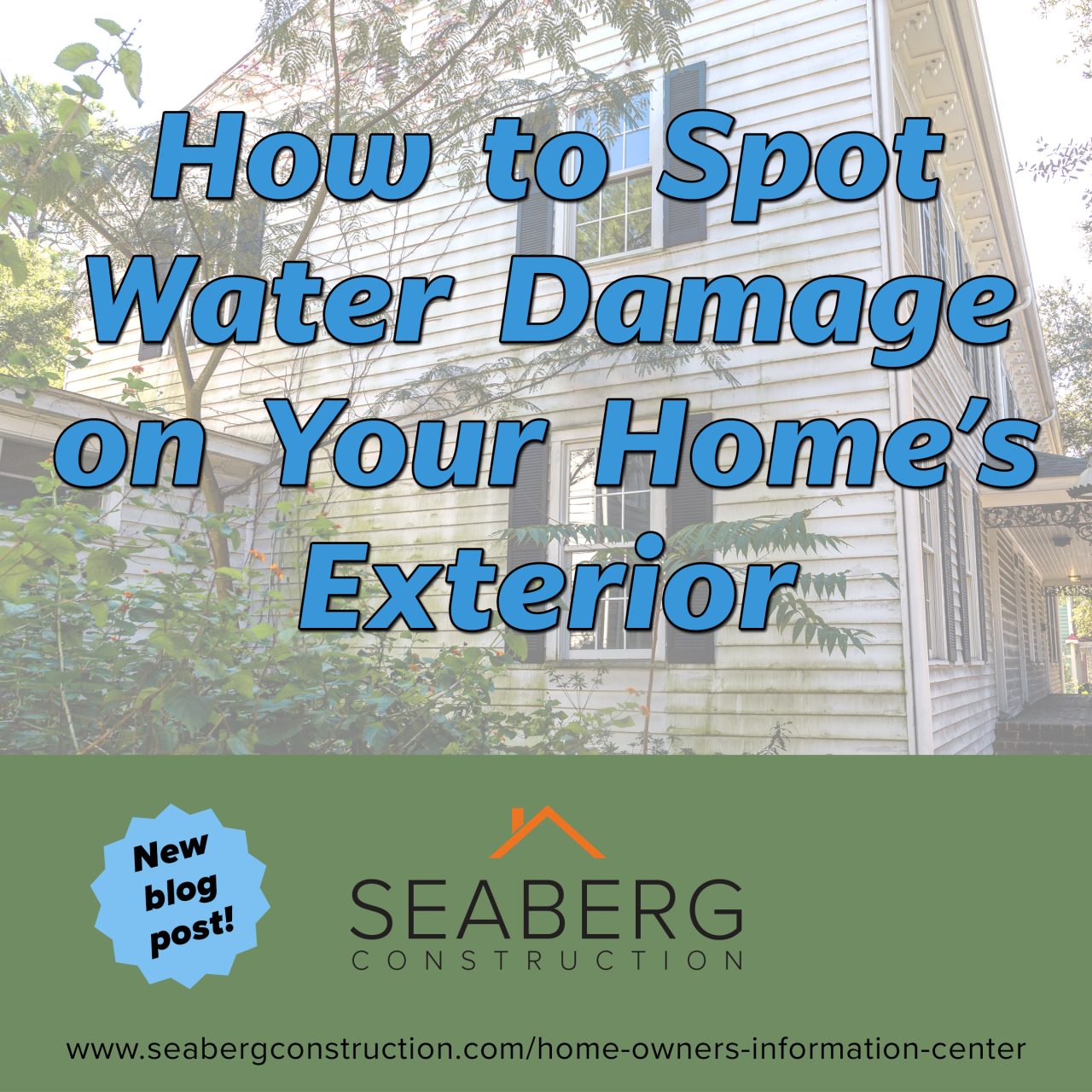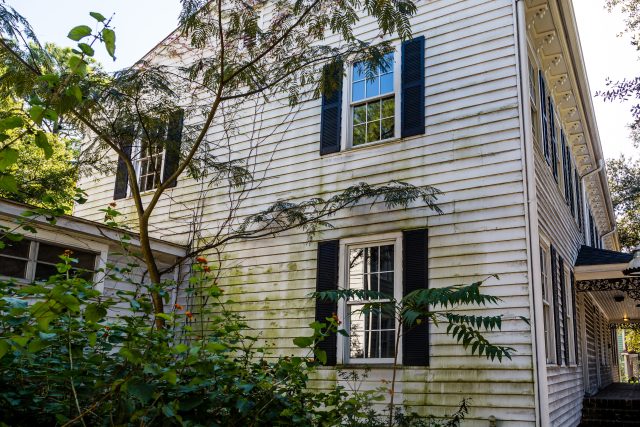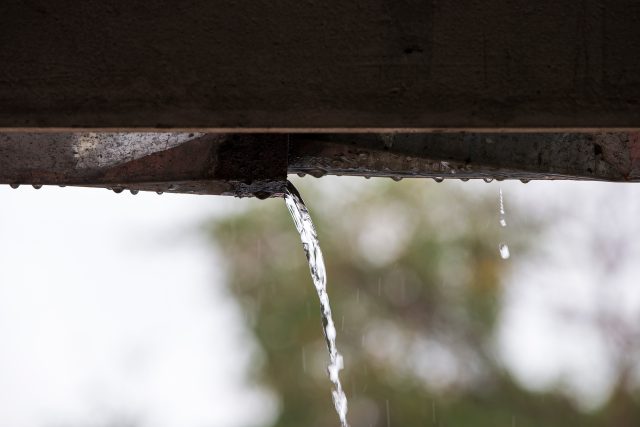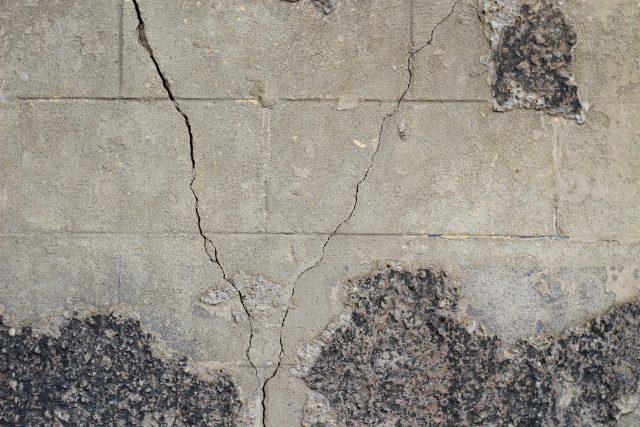Water damage is one of the most common and costly issues homeowners face. Left unchecked, moisture intrusion can lead to mold growth, structural damage, and expensive repairs. Detecting water damage early can save you money and help maintain the integrity of your home’s exterior. Here’s a comprehensive guide on how to spot water damage and prevent further deterioration.
1. Peeling or Bubbling Paint
One of the earliest signs of water damage is peeling or bubbling paint on your home’s exterior. When moisture gets trapped beneath the paint, it causes the paint to lose adhesion and start to crack or bubble. This can indicate:
- Poor drainage near walls
- Excess humidity and moisture penetration
- Water leaks from damaged siding or roofing
If you notice peeling paint, check for underlying issues before repainting to prevent further damage.
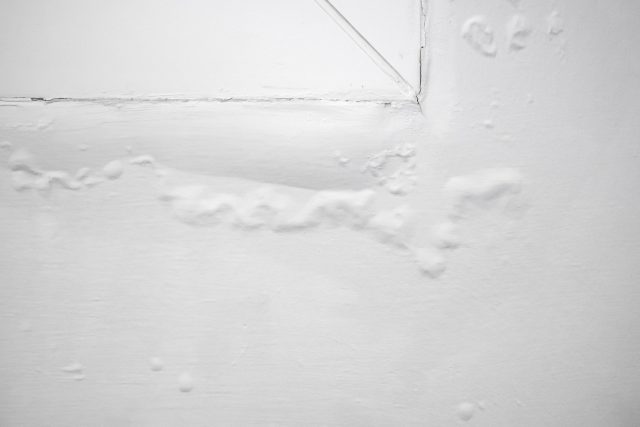
2. Stains or Discoloration on Siding
Water stains or discoloration on your home’s siding can be a red flag for prolonged water exposure. Look for dark streaks, greenish algae buildup, or white mineral deposits, which may indicate water is seeping through cracks or gaps in the exterior walls.
How to Check:
- Inspect areas around windows and doors where moisture can accumulate.
- Look for signs of water trails running down the siding.
- Pay close attention to corners and joints where water may collect.
3. Mold, Mildew, and Algae Growth
Mold and mildew thrive in damp conditions, making them a clear sign of water damage. You may notice black, green, or brown patches forming on siding, decks, or roofing materials.
Common Areas for Growth:
- Shaded areas with poor ventilation
- Roof shingles where water pools
- Wooden decks and porches
- Around gutters and downspouts
Cleaning mildew early can prevent further damage, but if mold growth persists, you may need professional inspection and repairs.
4. Warped or Softened Wood
If you have wooden siding, trim, or decks, check for signs of warping or softness. Moisture absorption causes wood to swell, warp, and eventually rot.
Signs of Rotted Wood:
- Soft or spongy texture when pressed
- Darkened or discolored wood patches
- Splitting or cracking in the wood
If left untreated, wood rot can compromise the structure of your home and lead to costly replacements.
5. Cracked or Missing Caulking
Caulking around windows, doors, and exterior joints is meant to prevent water infiltration. Over time, caulking can crack, shrink, or peel away, leaving gaps where moisture can enter.
How to Inspect Caulking:
- Run your fingers along window and door seams to check for gaps.
- Look for dried-out or crumbling caulk.
- Check for gaps around exterior vents and utility openings.
Reapplying caulking as part of routine maintenance can prevent water intrusion and extend the life of your home’s exterior.
6. Roof Leaks and Damaged Shingles
Your roof is one of the most vulnerable areas when it comes to water damage. Missing, cracked, or curling shingles allow water to seep through, leading to leaks and moisture damage.
Roof Damage Warning Signs:
- Water stains on ceilings or attic spaces
- Sagging roof sections
- Granule loss from asphalt shingles (check your gutters for buildup)
- Rust or damage to flashing around chimneys and vents
If you notice any of these issues, schedule a professional roof inspection to assess potential leaks and necessary repairs.
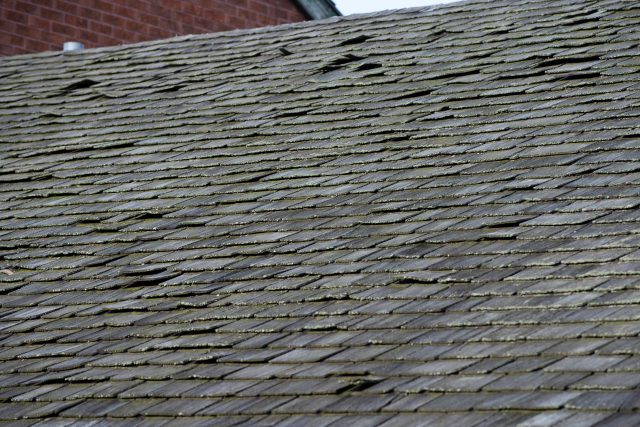
7. Gutter and Downspout Issues
Properly functioning gutters and downspouts direct rainwater away from your home. However, clogged, damaged, or misaligned gutters can cause water to overflow and damage your exterior.
Signs of Gutter Problems:
- Overflowing water during rainstorms
- Sagging or detached gutters
- Water pooling near your foundation
- Erosion or landscaping damage near downspouts
Regular gutter cleaning and maintenance help prevent water damage and protect your home’s foundation.
8. Cracks in the Foundation or Exterior Walls
Water can penetrate through cracks in your home’s foundation or exterior walls, leading to structural instability over time. Small cracks may seem harmless, but they can widen due to freeze-thaw cycles and persistent moisture exposure.
Check for:
- Horizontal or stair-step cracks in brick or masonry
- Gaps around foundation edges
- Damp basement walls or floors
Sealing small cracks early can prevent larger, more expensive foundation issues.
9. Standing Water Around the Home
If water pools around the base of your home after rainfall, it could indicate poor drainage or grading issues. Standing water increases the risk of moisture seeping into your foundation, leading to basement flooding and structural damage.
How to Fix Poor Drainage:
- Ensure downspouts extend at least 6 feet away from the house.
- Check soil grading to direct water away from the foundation.
- Install a French drain or sump pump if needed.
10. Window and Door Leaks
Leaking windows and doors can lead to interior and exterior water damage. If you notice condensation between window panes, warped door frames, or water stains around windows, moisture is getting in where it shouldn’t be.
Preventing Window and Door Leaks:
- Replace worn weather stripping and seals.
- Check for water damage around interior window sills.
- Ensure proper flashing is installed during window replacements.
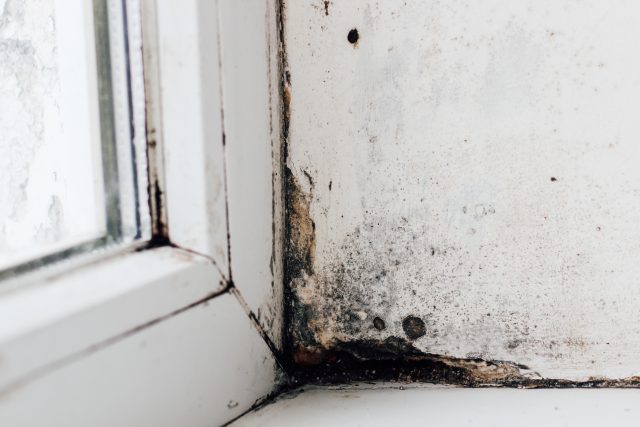
Preventing Water Damage: Best Practices
To avoid costly repairs, proactive maintenance is essential. Here are some key steps to keep your home’s exterior in top shape:
- Regular Inspections: Check for signs of water damage at least twice a year.
- Keep Gutters Clean: Remove debris to ensure proper drainage.
- Seal Cracks and Gaps: Use caulk and sealants to close entry points for moisture.
- Maintain Roof Health: Replace damaged shingles and inspect flashing annually.
- Improve Drainage: Ensure downspouts and landscaping direct water away from your home.
Call Seaberg Construction for Expert Water Damage Solutions
If you notice signs of water damage on your home’s exterior, don’t wait until the problem worsens. Seaberg Construction specializes in exterior home repairs, from siding and roofing to doors and window issues. Our experienced team can assess damage, recommend solutions, and restore your home’s integrity.
To obtain your complimentary estimate from Seaberg Construction, please complete the form available on our website: https://seabergconstruction.com/about-us-roofing-company/contact-us/

Read Seaberg Construction’s Google reviews left by homeowners like yourself: https://tinyurl.com/kkxwhx8k
Follow us on Facebook: www.facebook.com/seabergconstruction and Instagram: www.instagram.com/seabergconstruction to stay up-to-date with our current projects and news.
To obtain your complimentary estimate from Seaberg Construction, please complete the form available on our website: https://seabergconstruction.com/about-us-roofing-company/contact-us/
And, don’t forget to read our other blog posts for more home improvement tips and ideas: http://seabergconstruction.com/home-owners-information-center/

